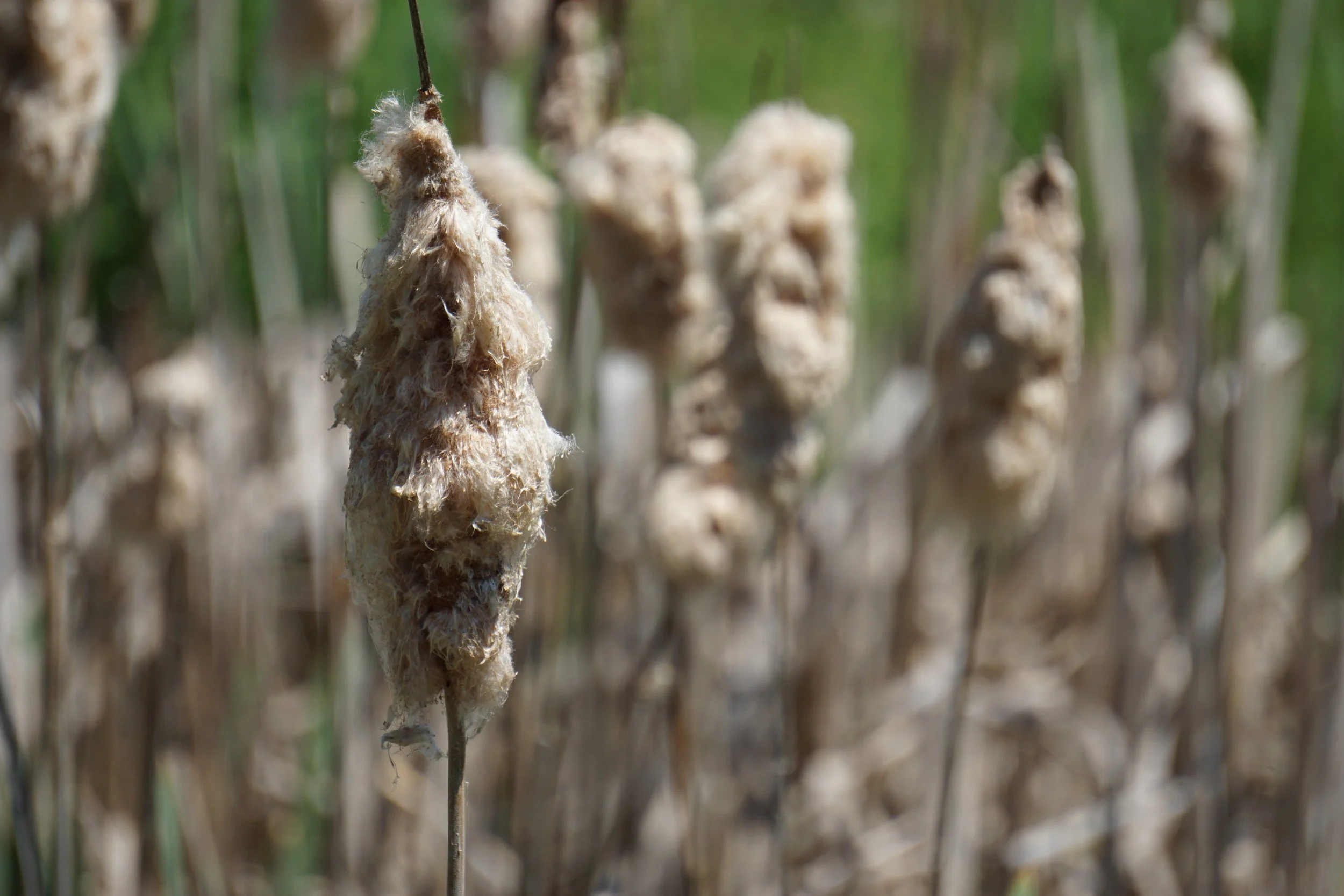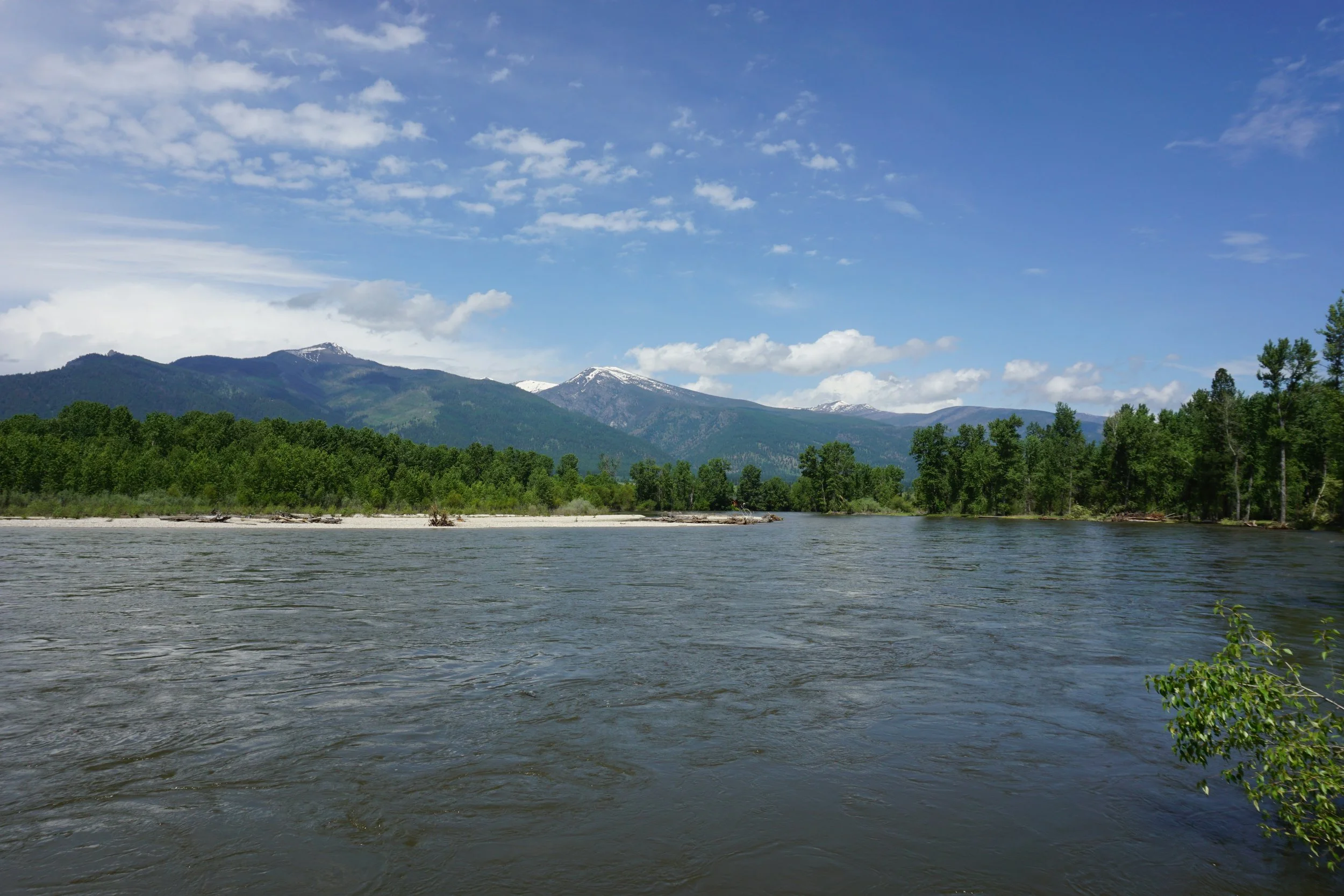Lee Metcalf Wildlife Refuge
A sanctuary for migratory birds in the beautiful Bitterroot Valley
Lee Metcalf Wildlife Refuge is a 2800 acre sanctuary for migratory birds in the Bitterroot Valley, featuring a visitor center, an accessible trail, wildlife viewing trails, and great opportunities for birdwatching and photography.
Features: A visitor center, picnic tables, an accessible trail with benches, and wildlife viewing opportunities. 235 bird species have been documented here, including 100 bird species that nest here every year, plus 37 mammal and 17 reptile species. There is also an outdoor amphitheater, interpretive signs, a homestead, a barn, and wildlife viewing trails.
Accessibility info and site description: To find the visitor center, follow the 25 mph dirt road from the south entrance about 2.5 miles through the wetlands and grasslands, or about .5 mile from the east entrance. In the parking lot, there is a large accessible porta-potty and two accessible parking spaces that are not marked for van accessibility. Follow the sidewalk to the left of the visitor center where you'll find a kiosk with brochures offering educational information on the wildlife, wildflowers, and trail maps of the area. A sign here indicates that visitors can borrow binoculars and a field guide from the visitor center, which is open Monday through Saturday 8:00 am to 4:30 pm. Across from the kiosk is a picnic table under a large tree, and a grassy lawn in front of a pond with stunning views of the Bitterroot Mountains. Just past the visitor center on the right is a covered picnic area about 20 feet off the trail through the grass (no path to the picnic area), and three benches in front of the outdoor amphitheater on the left. To find Kenai Trail, continue on the path and cross the bridge. The path is paved, in mostly good shape, and roughly three feet wide. Kenai trail is a .3 mile loop with a total of five backless benches. On the far side of the loop, there is a wildlife viewing station and a dirt trail that follows a creek.
The Wildlife Viewing Area is two miles from the visitor center, or about .5 mile from the south entrance, and has a large gravel parking lot. Unfortunately, there is extensive damage to the pavement at the entrance, which has resulted in a large hole, making the accessible parking unusable and the entrance to the trails no longer wheelchair accessible. The left side of the entrance is passable, but note that it is rocky, uneven, and unstable (UPDATE May 2023: As of my most recent visit, the entrance to the wildlife viewing trails has been fixed! The hole has been filled and the rocky entrance has been smoothed out to make the accessible parking space actually accessible. The terrain from the main parking lot to the trail entrance is now even and level.) Once past this section, there are two large accessible porta-potties, an entrance sign with a map, and a viewing area with benches overlooking the creek. A wide paved .5 mile path leads to the Bitterroot River, and there are several trail offshoots from this main path. The Slough Trail is a .4 mile partially paved trail on the left, the Ponderosa trail is a .9 mile looped dirt trail near the entrance sign, and the .4 mile Cottonwood Trail on the right was flooded at the time of my visit. Note: there are no benches along these paths.
Other areas of interest at the Refuge include the Grube Barn, about 1.5 mile from the south entrance, and the Whaley Homestead, located between the visitor center and the east entrance. There is no designated parking area at the barn or the homestead, just parking along the dirt road. There are a total of four kiosks with educational materials: at the south entrance, east entrance, the Kenai Trail, and the Wildlife Viewing Area trails, and seven interpretive signs: at both entrances, both trailheads, the Grube Barn and Whaley Homestead, and between the ponds.







































My experience: I adore Lee Metcalf Wildlife Refuge. This spot offers stunning, unobstructed views of the Bitterroot Mountains with an added bonus of wildlife viewing: owls, hawks and herons, sparrows and red winged blackbirds, ducks and geese, and of course, lots of gophers. The Refuge is especially beautiful in summer, and I always enjoy photographing the birds, plants, and mountains here.
The Refuge's mission statement emphasizes the importance of providing visitors of all abilities with recreation opportunities. There are a few spots that could use minor adjustments, like adding van-accessible parking and a path to the picnic area, but the only major area of concern is the damaged entrance to the Wildlife Viewing Area trails. The Kenai Trail still provides a nature trail for everyone to enjoy. Stroll the entire loop or take in the view from the first or second bench, then turn around and head back. If you aren't up for walking, the lawn in front of the visitor center offers a great place for a picnic or birdwatching. Just watch out for goose poop!
I have never seen this spot overcrowded, busy, or loud. There are always other visitors coming and going, but because it's so spread out, it feels like everyone has room to enjoy the wildlife and views. The only area of congestion I've seen is when people park on the road in between the ponds to get out and take pictures, and sometimes an entire group will spend long periods of time here with their camera tripods to get the perfect shot. The road is wide enough to pass safely, just use caution as you drive through or if you stop along the road as well.
Lastly, note that pets are not allowed on the Kenai Trail, which I assume is because of all the bird nests and gophers in the area. Wrangling a dog with so many tempting distractions would likely be a challenge anyway!
Overall, Lee Metcalf is a great place to visit to watch wildlife, photograph the mountain views, and stroll an accessible trail. Bring binoculars or borrow a pair from the visitor center, and enjoy a peaceful afternoon watching the dozens of bird species that call this sanctuary home.
For more information, visit https://www.fws.gov/refuge/lee-metcalf
